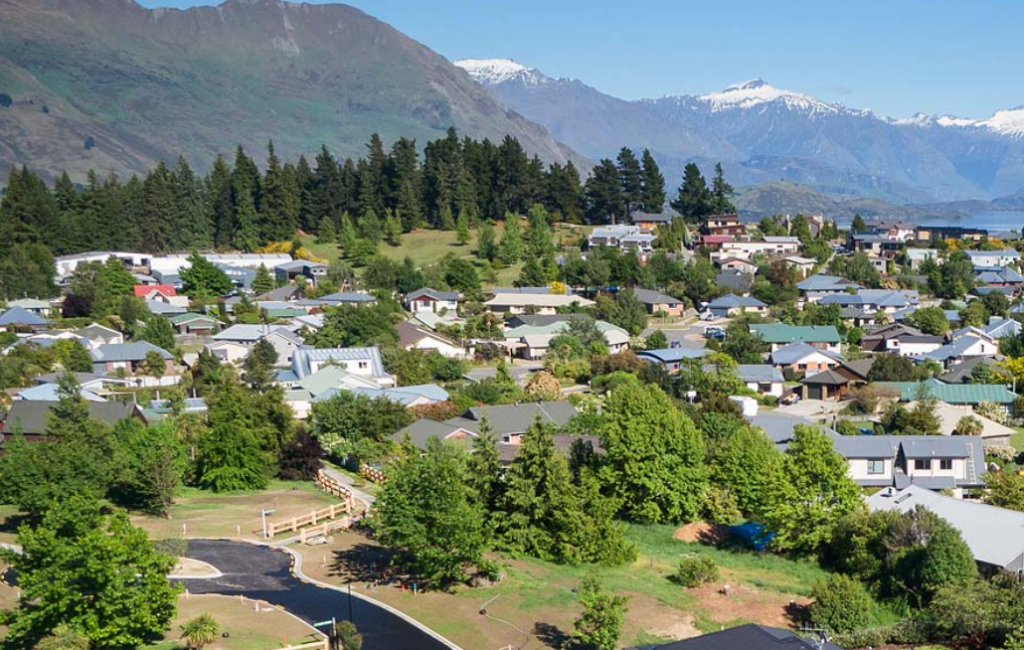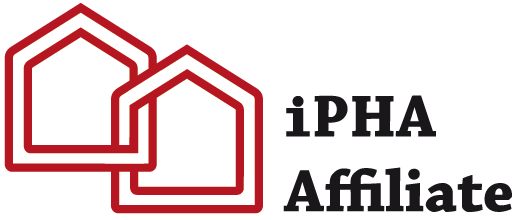The number of certified Passive House projects is growing fast in Aotearoa NZ. And with Passive House being in the media more frequently, PHINZ is often asked how many Passive House projects there are in Aotearoa NZ.
Unfortunately, this question does not have a straightforward answer.
Passive House certification is an independent process undertaken by an accredited Passive House certifier and PHINZ, as a charity, has no role in certifying projects. This also means we don’t keep a complete list of all certified projects.
Many certified Passive House projects get submitted to the international Passive House database, however, this is voluntary and therefore not comprehensive. There are currently (as of 07 September 2021) a total of 56 certified Passive House projects in Aotearoa NZ listed on the database. These include:
- 47 certified Passive House Classic dwelling units made up of 27 certified projects as some are multi-unit.
- 8 certified Passive House Plus projects
- 1 certified Passive House Premium project
Current figures can be found on the international Passive House database using the advanced search function.

As noted, there may be other Passive House projects not on the database.
Additionally, one of our members, Sustainable Engineering, maintains a map of certified projects in Aotearoa NZ and Australia.
We are aware of many more projects being developed that are targeting Passive House, not least the exciting project announced by Kāinga Ora today and in the news here also.
PHINZ is currently developing a project directory for our website. This will showcase Passive House projects in Aotearoa NZ and the builders, designers and component suppliers involved.
There are also number of Passive House projects showcased on the PHINZ youtube channel – check them out and subscribe to see more in the future!
Please note that Passive House is an as-built building standard and is protected by consumer law. Projects that do not meet the standard cannot be referred to as “Passive House” regardless of what they might claim. For more details on this please see our article on Claiming the Passive House standard.







